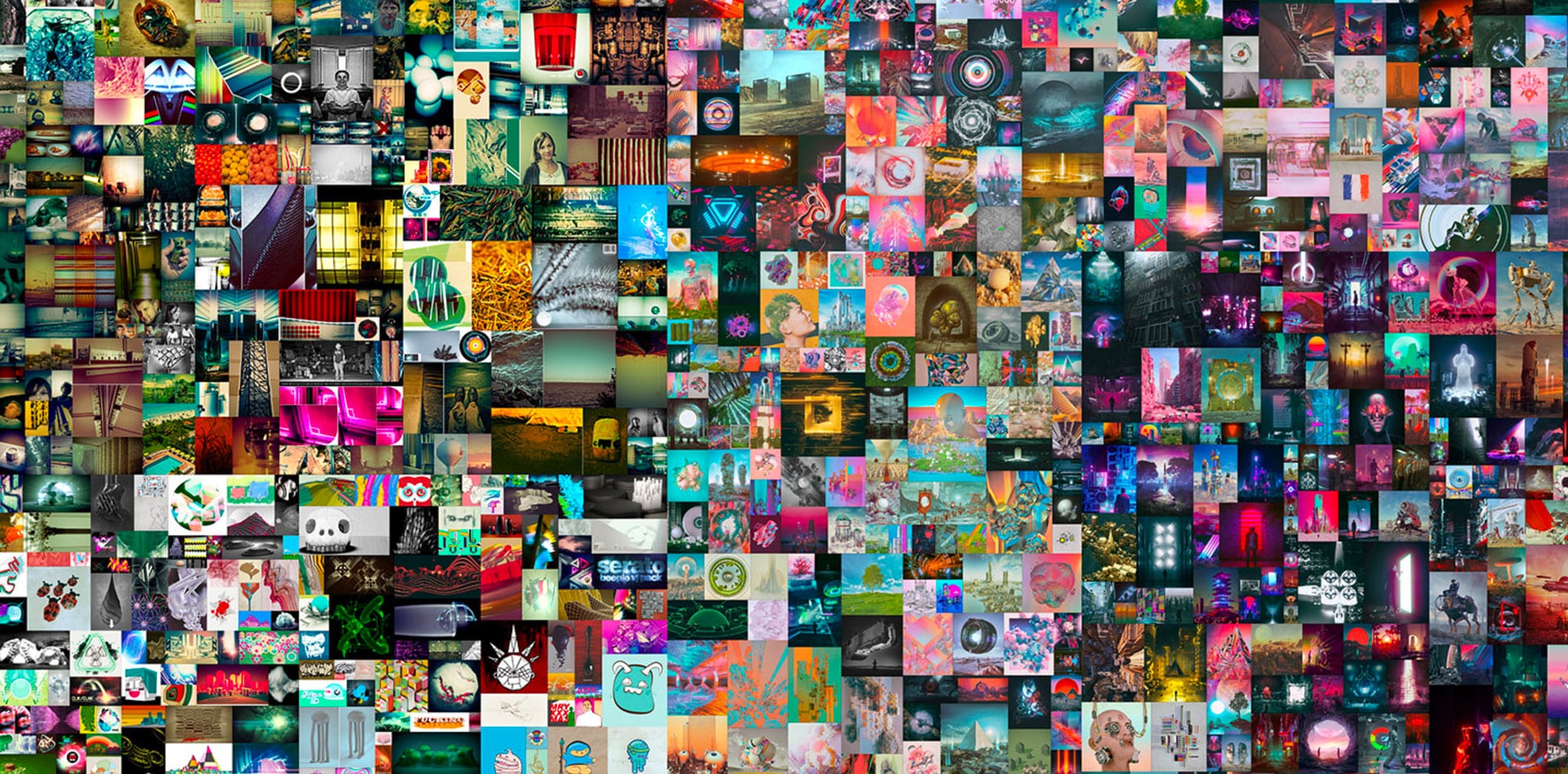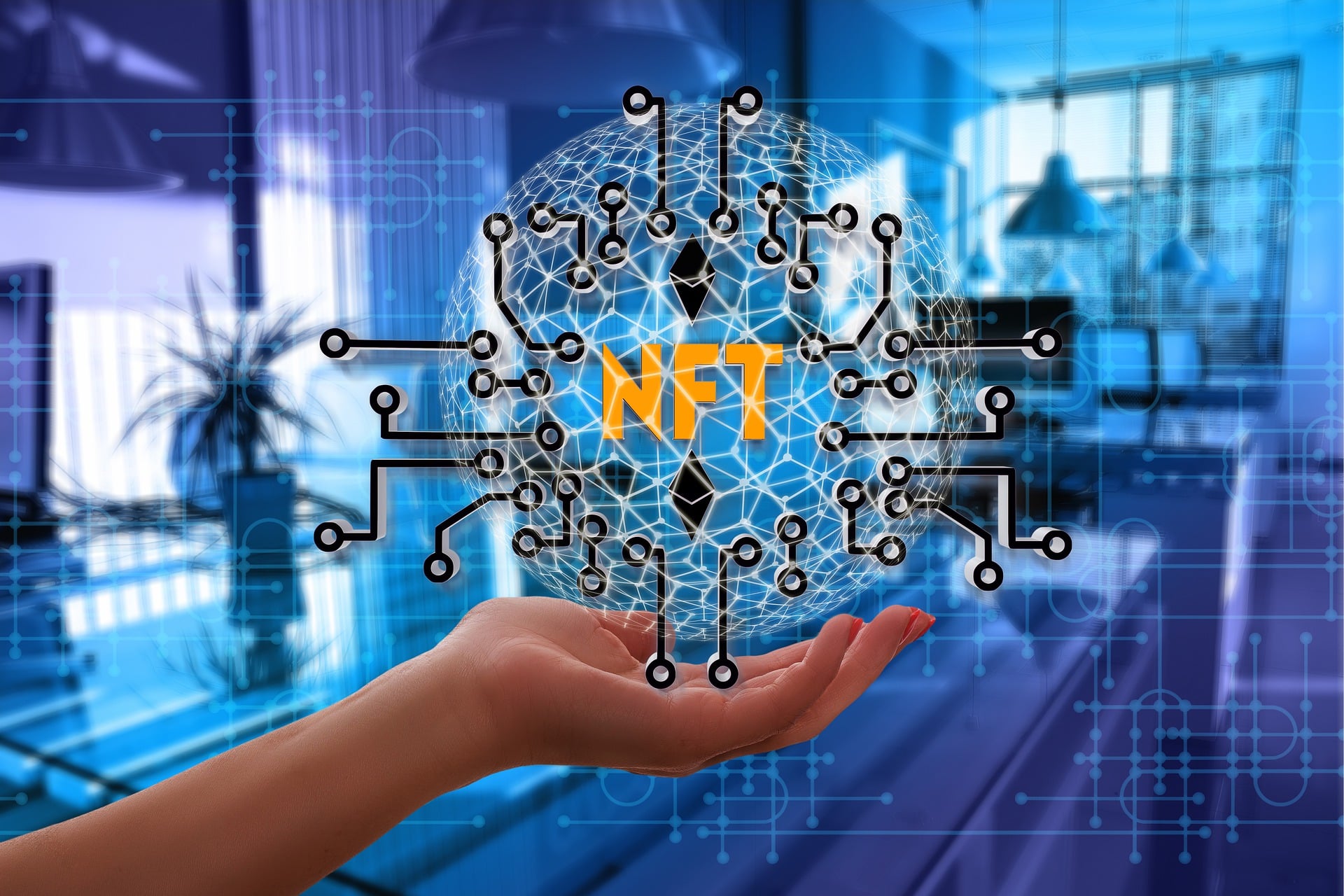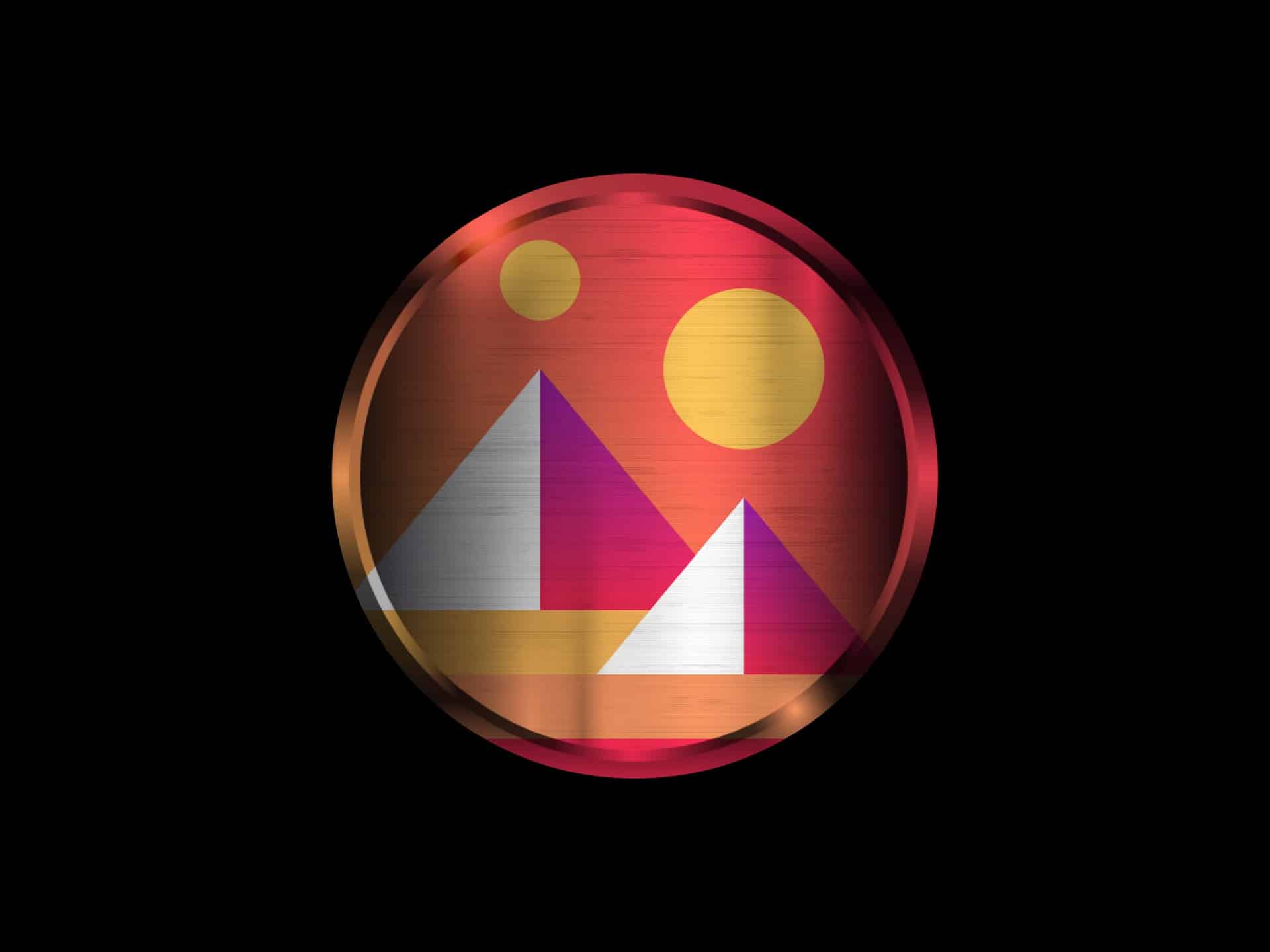NFTs are a particular class of digital assets that take the internet by storm. If the internet is going crazy over NFT tokens, then it’s worth understanding what they are and what makes an NFT valuable.
An NFT is a non-fungible crypto token; each one has a different value. These tokens are entirely distinguishable from each other, are unique, and are in limited quantities.
NFTs can be used to represent real-world objects on the blockchain but also for digital collectibles. Digital identity and the metaverse are other industries where you can use them.
NFTs have become popular in mainstream culture as a new form of digital art. However, they are also present in fields as diverse as video games, digital identity, licensing, certificates, or fine art, and they even allow for fractional ownership of objects.

Introduction
The concept of fungibility is central to understanding the uniqueness of NFTs. Bitcoin, for example, is fungible, just like banknotes, meaning that every single bitcoin or hundred-dollar bill has the same value and properties. Fungibility, therefore, refers to the ownership of an asset. The individual units are interchangeable and substantially indistinguishable; all fiat currencies and cryptocurrencies are fungible.
A non-fungible token unlocks different potentials and uses cases of blockchain technology. These tokens can be unique or have a limited supply. And can be bought, sold, and traded on specific NFT markets.
NFTs have become extremely popular in the cryptocurrency world and the mainstream, thanks to their use by high-profile celebrities. This article delves into the benefits of NFTs, and what makes an NFT valuable.
What Is an NFT?
A non-fungible token (NFT) is a type of cryptographic token on a blockchain that represents a unique asset. These tokens can be entirely digital or tokenized versions of tangible assets. Since NFTs are not interchangeable with each other, they stand as proof of authenticity and ownership within the digital realm.
Fungibility means that individual units of an asset are interchangeable and essentially indistinguishable from one another. Fungibility is a desirable property for a currency, as it allows for free exchange, and theoretically, there is no way to know the history of each unit. However, this is not a beneficial feature for collectibles.
What if we could create digital assets similar to Bitcoin but also add a unique identifier for each unit? It would make them all different from each other (for example, non-fungible) and lead to a wide range of applications. So put, an NFT is just that.

What Is NFT Art?
An “NFT” as used in the popular press is a digital record pointing to digital objects such as virtual lands and digital artwork via hyperlink.
NFT art refers to digital assets representing various works of art, such as videos, music, gifs, games, text, and memes. It is a record of ownership of a particular piece of art on the decentralized accounting network – blockchain technology.
These tokens are unique, each containing specific information that makes it different from similar but easily verifiable NFTs on the blockchain.
Recently, however, NFT arts are becoming very popular, with celebrities and influential figures joining the trend.
What is so special about them, and what drives their value?
Why Did They Have Value?
Like any other speculative market, the value of NFTs is largely influenced by the forces of supply and demand, but with crypto NFTs, the underlying value crashed for an even more fundamental reason: trust.
Just like the currency of poorly-run countries, when the public starts to distrust a country’s long-term viability and ability to pay down debt without disruption, its currency tends become close to worthless very quickly.
The thrill of obtaining a coveted digital artwork originally drove the value of the artwork. NFT creators tried to market the art as scarce. In reality, infinite copies of the art were available. What was scarce was the NFTs minted by the art’s creator.
Unfortunately, anyone else could mint NFTs hyperlinked to the same art or one of the infinite copies of it.
In short, the crypto NFT market crashed in late 2021 because the technology was fundamentally flawed and the general public realized it.

How to Make Money with Non-fungible Tokens
There’s not really significant money to be made with crypto NFTs at present. In fact, many of the cryptocurrency exchanges that underpin the whole ecosystem are collapsing.
The good news is that traditional artists can use non-crypto, physical NFTs to enhance their art businesses. For those unfamiliar with physical NFTs check out our introductory article on the topic of physical NFTs.
The Creators/Artists
There are millions of artists globally. The savvy ones quickly realize they need to develop their entrepreneurial skills rather quickly if they want to produce art for a living.
One of the ways to get more buyers of original art is to build stronger relationships with early art collectors. Each art collector has influence over their network, who are likely to also have discretionary spending capabilities.
Painters, sculptors, and others realize that documenting the story of each of their pieces and transferring a physical NFT that contains photos, potentially a process statement, and comments in their own words about how the piece fits with their broader story is a fantastic way to differentiate themselves from other artists and build a bond with that art collector.
The art collector is one click away from an artist’s profile when they have received a physical NFT.
The art itself also serves as a permanent “back-link” to the artist in perpetuity.
Collectors/Traders
The value of a piece of collectible artwork is heavily influenced by its authenticity and provenance.
We’re seeing countless stories of both sophisticated and unsophisticated art buyers having investments go to zero because:
- The work of art is actually a fake
- The last seller didn’t have the right to sell the piece in the first place. It was stolen.
Art collectors are using physical NFTs to add bills of sale to pieces they purchase. If the artist is living, they are requesting the artist mint an Etching to prove authenticity and then transfer it to them within The Encyclopedia of Objects.
That way, there’s a third-party chain of title showing the piece was actually created by the living artist and the current holder actually owns it.
Factors That Determine the Value of an NFT
Determining the exact value of an NFT is a complicated with regards to crypto NFTs. Bill Gates, Charlie Munger, and others would argue the value of a crypto NFT is zero. That makes sense given all the problems with NFTs related to crypto.
With physical NFTs, no one is trying to say the NFT itself holds the value. It’s proof of ownership (and more) to a work of art that has value.
It’s the same concept as car title. You can’t drive a title (usually printed on heavy paper). The car has value when you need to convert it to money but only if you can prove you actually own it. Thus, the need for the title.

What Makes an NFT Valuable – Rarity
In crypto world, rarity has proven to essentially not exist.
This factor refers to how rare and “hard to get” a given NFT is. An excellent example of rarity is the first works of a famous creator in digital art or an NFT created by a famous person. During then 2021 NFT “boom” before the “bust,” a few digital creators were able to make a lot of money by claiming there was actual rarity in what they were selling.
The reality was the technology allowed anyone to mint NFTs pointing at any work of art, whether or not the artist had already minted an NFT pointing at it.
That flaw, along with the crash in crypto in general, is largely why crypto NFTs have seen their values plummet. Many investors think their value will go to zero shortly.
An excellent example of the unique effect of NFTs in the cryptocurrency sector is the first CryptoKitties or the digital artwork Everydays: The First 5000 Days by Beeple, among others. These artists made a lot of money in the boom, but now hardly anyone is “investing” in these types of NFTs.
What Makes an NFT Valuable – Utility
The usefulness of an NFT is determined by its actual application, both in the digital and physical world. For example, some NFTs are more than just collectibles; they can be helpful in video games such as virtual lands, spells, or characters. This characteristic of NFTs gives them immediate value, which increases over time based on the popularity of the underlying project. The decentralized gaming user community is growing, and more and more players are willing to pay large amounts for an exclusive card.
Examples of this type of NFT are the NFT tickets for Euro 2020, the different properties offered in Decentraland, or collectible cards, such as the character of Geralt de Rivia in Gwent, the card game inspired by The Witcher universe.
What Makes an NFT Valuable – Tangibility
Some NFTs are tied to real-world objects, giving them value from a tangibility standpoint. Etchings are an example of this.
NFTs can support anything and thus consolidate property rights, but this does not necessarily imply that the given object becomes a unique or requested asset. Instead, the underlying value of the object in question will determine by its functionality, scarcity, and the personal satisfaction it provides users.
For example, having an NFT ticket to an exclusive event with celebrities is more intrinsically and personally valuable than having an NFT to a bottle cap.
From the point of view of market utility, these types of NFTs with tangible value are more suitable for short-term trading since they may have an expiration date, as is the case with tickets. On the other hand, other collectibles, such as NFTs tied to limited-edition sneakers, can accumulate value over time as the number of items in circulation dwindles.
How Do I Find an NFT?
In crypto world, NFT marketplaces are the first place you should look to buy non-fungible tokens. But it would help if you also had other information and tools. You cannot purchase an NFT with a credit card or PayPal. A crypto wallet with cryptocurrencies inside is essential to finalize the process.
For NFTs on BNB Chain, prices are almost always in BNB. Ethereum NFTs typically use ether (ETH). You can purchase both cryptocurrencies on the Binance exchange. Once you have purchased the chosen crypto, move the funds to a wallet capable of interacting with NFT marketplaces.
If you don’t want to get involved with NFTs or crypto for various tax, fraud, and other reasons, Etchings are free to the public and only require the creator and purchaser to register free accounts with ETChster.

Conclusion
Will crypto NFTs built on fundamentally sound technology eventually appear? Possibly. Filecoin and others are tackling individual flaws within the overall structure.
In the meantime, non-crypto NFTs have a lot more promise. They aren’t tied to currency at all. Buyer and seller can transact with fiat currency and whatever form of payment they prefer.
For artists that adopt physical NFTs, future generations will be able to enjoy their art even if the original gets destroyed.

